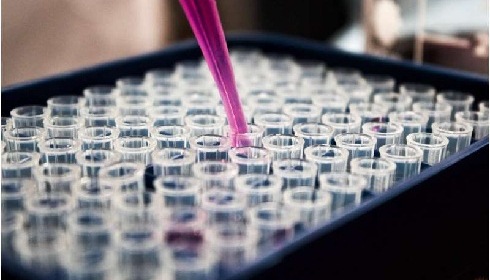
Potential Breakthrough: Common Antibiotic Shows Promise in Preventing Severe Viral Respiratory Infections
As the world grapples with the ongoing challenges posed by viral respiratory infections, including the formidable COVID-19 pandemic, researchers at Yale University have uncovered a potential game-changer: the use of a readily available antibiotic to reduce the risk of severe disease from such infections.
With effective vaccines against SARS-CoV-2, the virus responsible for COVID-19, now widely available, the focus has shifted towards finding effective treatments for viral respiratory illnesses. While antiviral drugs, monoclonal antibodies, and convalescent plasma have been employed to combat severe cases, the search for additional therapeutic options remains crucial.
In a groundbreaking study published in the Proceedings of the National Academy of Sciences (PNAS), researchers led by Yale have identified neomycin, a cheap and widely accessible antibiotic, as a potential ally in the fight against viral respiratory infections. Their findings suggest that neomycin, when applied inside the nose, can elicit a robust immune response, offering protection against both SARS-CoV-2 and influenza A.
Dr. William Schaffner, a professor of preventive medicine and infectious diseases at Vanderbilt University Medical Center, Nashville, TN, who was not involved in the study, hailed the research as "very provocative," highlighting the urgent need for innovative approaches to prevent and treat respiratory infections.
Antibiotics are traditionally used to combat bacterial infections, but neomycin, an aminoglycoside antibiotic, has shown promise in stimulating the immune response against viral invaders. The study involved treating mice and hamsters with neomycin, which resulted in increased levels of interferon-stimulated gene (ISG) expression—an immune response crucial for fighting viruses.
Mice treated with neomycin displayed improved resistance to both SARS-CoV-2 and influenza A, with reduced viral replication and enhanced survival rates compared to untreated counterparts. Similarly, hamsters treated with neomycin showed decreased signs of infection when exposed to SARS-CoV-2.
In a small pilot study involving healthy volunteers, the application of Neosporin ointment, containing neomycin sulfate among other ingredients, inside the nostrils resulted in a heightened ISG response rate, indicating a boosted immune response.
While these findings offer promising insights, Dr. Schaffner urges caution, emphasizing the need for further research to validate these findings in larger human trials. The road to clinical application is long, with rigorous testing required to determine the efficacy and safety of neomycin as a preventative measure against viral respiratory infections.
Nevertheless, the potential benefits of neomycin are compelling. Its affordability, widespread availability, and ease of administration make it an attractive candidate for further exploration as a therapeutic option against respiratory viruses. As researchers continue to explore innovative strategies to combat infectious diseases, neomycin stands out as a beacon of hope in the ongoing battle against respiratory illnesses.